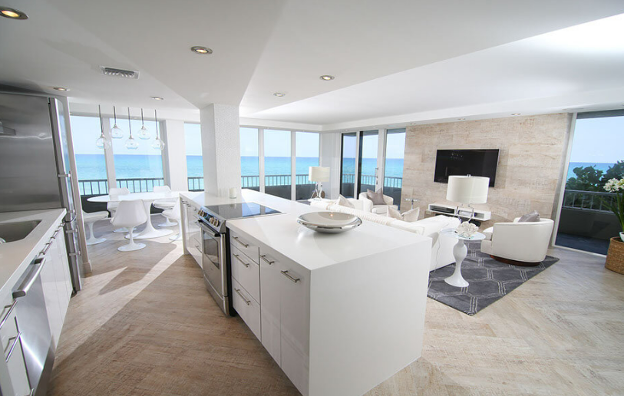Furniture arrangement is more than just finding a place for your sofa and coffee table; it’s an art form that can transform the ambiance of your living spaces. Achieving balance and harmony in your home through thoughtful furniture arrangement is a key aspect of interior design. At Watlee Interior Designs, we understand the importance of creating a layout that not only maximizes functionality but also enhances the overall aesthetics of your space. In this blog, we’ll explore the art of furniture arrangement and provide tips on how to achieve balance and harmony in every room of your home.
1. Understand the Room’s Purpose
Before diving into furniture placement, consider the purpose of the room. Is it a cozy living room for relaxation, a vibrant dining area for entertaining, or a functional home office? Understanding the primary function of the space will guide your furniture arrangement decisions.
2. Establish a Focal Point
Every well-designed room benefits from a focal point that draws the eye and anchors the space. Whether it’s a fireplace, a statement piece of furniture, or a stunning piece of artwork, identify and emphasize the focal point to serve as a visual anchor for your furniture arrangement.
3. Consider Traffic Flow
Create a natural flow within the room by considering how people will move through the space. Ensure that there are clear pathways and that furniture placement doesn’t impede the movement. This is especially important in high-traffic areas like the living room or entryway.
4. Embrace Symmetry and Asymmetry
Symmetry can create a sense of order and formality, while asymmetry can add visual interest and a more relaxed feel. Striking the right balance between symmetrical and asymmetrical arrangements can contribute to a harmonious and inviting atmosphere.
5. Scale and Proportion Matter
Consider the scale and proportion of your furniture in relation to the size of the room. Avoid overcrowding or sparse arrangements by selecting furniture that complements the space without overwhelming it. Balance larger pieces with smaller ones for a harmonious composition.
6. Group Furniture for Conversation
In spaces like the living room, arrange furniture to facilitate conversation. Create cozy seating arrangements by placing chairs and sofas facing each other. This fosters a sense of intimacy and encourages interaction among occupants.
7. Experiment with Layouts
Don’t be afraid to experiment with different furniture layouts. Move pieces around until you find a configuration that not only looks visually appealing but also enhances the functionality of the space. Consider focal points, natural light sources, and the room’s architectural features in your experimentation.
8. Consider Functionality and Multipurpose Furniture
In rooms with multiple functions, such as a living room that doubles as a home office, choose furniture that serves dual purposes. This can include storage ottomans, convertible sofas, or fold-out desks that maintain a streamlined look while maximizing functionality.
9. Pay Attention to Balance
Achieving balance in furniture arrangement involves distributing visual weight evenly throughout the space. Balance can be achieved through symmetry, where identical or similar elements are placed on either side of a central point, or through asymmetry, where different elements are strategically balanced for a cohesive look.
10. Harmonize Colors and Textures
Create a sense of cohesion by harmonizing colors and textures in your furniture arrangement. Choose complementary colors and materials that tie the room together. This creates a visually pleasing and unified look that contributes to the overall harmony of the space.
11. Be Mindful of Lighting
Consider the impact of natural and artificial lighting on your furniture arrangement. Ensure that seating areas are well-lit for functionality, and use lighting fixtures to highlight focal points or specific design elements. Proper lighting enhances the overall balance and harmony of the room.
12. Personalize with Accessories
Add a personal touch to your furniture arrangement with carefully selected accessories. These can include throw pillows, area rugs, artwork, and decorative accents. Accessories contribute to the overall aesthetic and can be easily swapped or updated to refresh the look of the room.
Conclusion
The art of furniture arrangement goes beyond simply placing pieces in a room; it involves a thoughtful consideration of functionality, aesthetics, and the overall ambiance you want to create. At Watlee Interior Designs, we specialize in curating spaces that reflect your unique style while achieving a perfect balance and harmony in every room of your home. By understanding the purpose of each space, establishing focal points, considering traffic flow, embracing symmetry and asymmetry, and paying attention to scale, proportion, and lighting, you can master the art of furniture arrangement and transform your living spaces into beautifully balanced havens.


